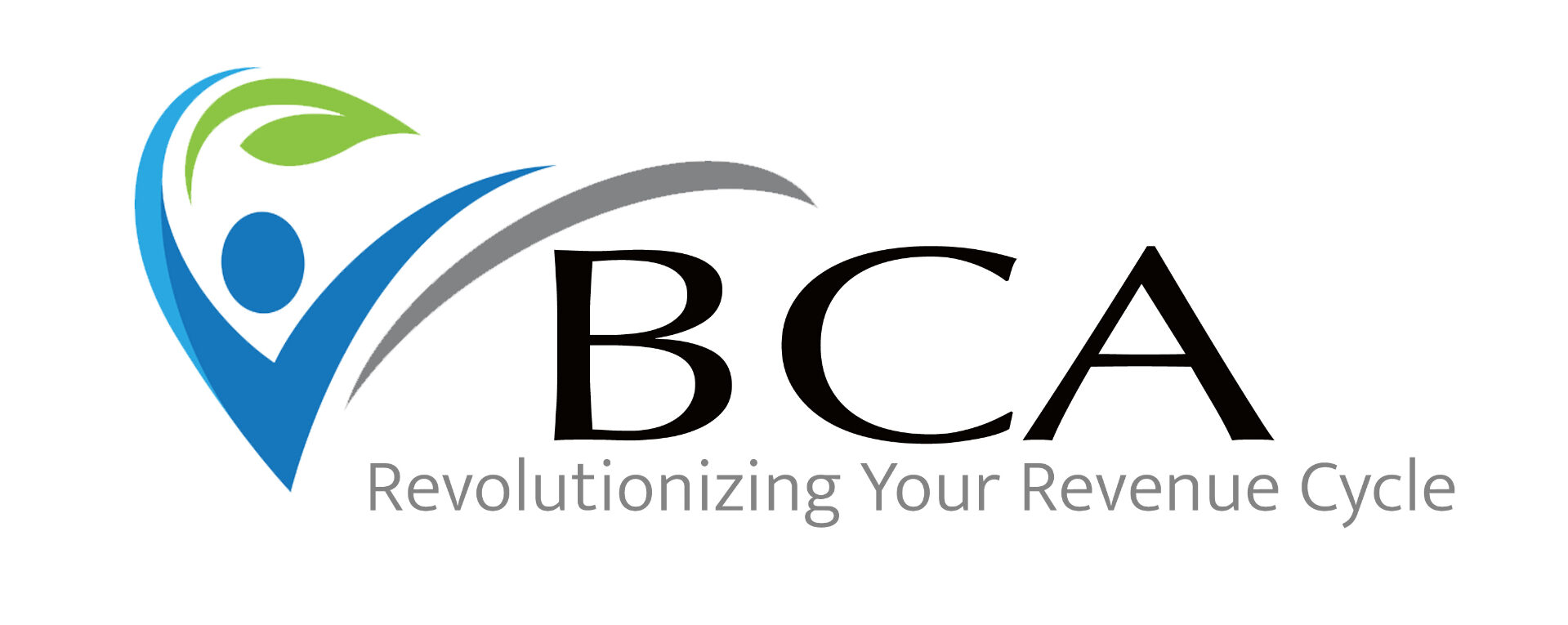In today’s healthcare landscape, the importance of quality improvement (QI) cannot be overstated. An integrated approach that unites clinical, operational, and administrative teams can significantly elevate patient outcomes, streamline processes, and reduce costs. Developing a unified QI framework is essential for any healthcare organization striving for excellence.
Developing a Unified Approach: Integrating Quality Improvement Efforts
The first step in creating an integrated QI framework is to develop a cohesive approach that brings together the efforts of clinical, operational, and administrative teams. Traditionally, these teams have worked in silos, each focusing on their specific areas of responsibility. However, these teams must collaborate and share their insights and data to achieve true quality improvement.
Break Down Silos: Encourage cross-departmental communication and collaboration. Establish regular meetings where clinical, operational, and administrative teams can share their experiences and challenges. This collaboration will lead to a better understanding of how each department’s work impacts overall quality.
Unified Goals and Objectives: Create clear and shared goals aligning with the organization’s mission. These goals should be specific, measurable, achievable, relevant, and time-bound (SMART). For example, reducing hospital readmissions by a certain percentage over a specific period could be a unified goal that involves all teams.
Shared Accountability: Implement a system where all teams are accountable for achieving quality improvement goals. Shared accountability ensures that everyone is invested in the success of the QI initiatives and contributes to a culture of continuous improvement.
The Importance of Data-Driven Decision-Making and the Role of Quality Measures
Data-driven decision-making is at the heart of any successful QI framework. Quality measures provide the metrics needed to assess performance and identify areas for improvement.
Collecting and Analyzing Data: Invest in robust data collection systems that can capture information from various sources, such as electronic health records (EHRs), patient feedback, and operational metrics. Data analytics tools can help identify trends, track progress, and uncover areas that need attention.
Quality Measures: Define key quality measures that align with your organization’s goals. These could include clinical outcomes (e.g., screening rates, patient satisfaction scores), operational efficiency (e.g., wait times, appointment availability), and financial performance (e.g., cost per patient, revenue cycle efficiency). Regularly review these measures to ensure that QI initiatives are on track.
Making Data Actionable: Use the insights gained from data analysis to drive decision-making. For example, if data shows a low rate of colon cancer screenings, this could prompt a review of current procedures and the implementation of new patient education and screening protocols. Data should guide every step of the QI process, from identifying problems to evaluating the success of interventions.
Steps to Establish a Robust Quality Management System
A robust quality management system is essential for sustaining and advancing quality improvement efforts. This system should be built on clear policies, ongoing training, and continuous monitoring.
Establish Clear Policies and Procedures: Develop comprehensive policies and procedures that outline the steps for achieving quality goals. These should be easily accessible to all staff members and regularly updated to reflect best practices and regulatory requirements.
Training and Education: Provide regular training for all staff members on the importance of quality improvement and their role in quality management. This training should cover everything from data collection and analysis to implementing changes based on QI findings.
Continuous Monitoring and Feedback: Implement a system for continuously monitoring quality measures. Review performance data regularly and provide feedback to teams. This feedback loop is crucial for making timely adjustments to QI initiatives and ensuring they remain effective.
Creating an integrated QI framework requires commitment, collaboration, and a focus on data-driven decision-making. Organizations can achieve significant improvements in patient outcomes, operational efficiency, and overall quality by developing a unified approach that brings together clinical, operational, and administrative teams. A robust quality program, supported by clear policies and continuous monitoring, will ensure these improvements are sustainable over the long term.
At BCA, we can help you understand quality improvement frameworks that unify clinical, operational, and administrative teams. Our comprehensive consulting services are designed to help your practice achieve excellence in care through data-driven strategies and robust quality capture through documentation and coding practices. Contact us to learn more about how we can support your quality initiatives.
